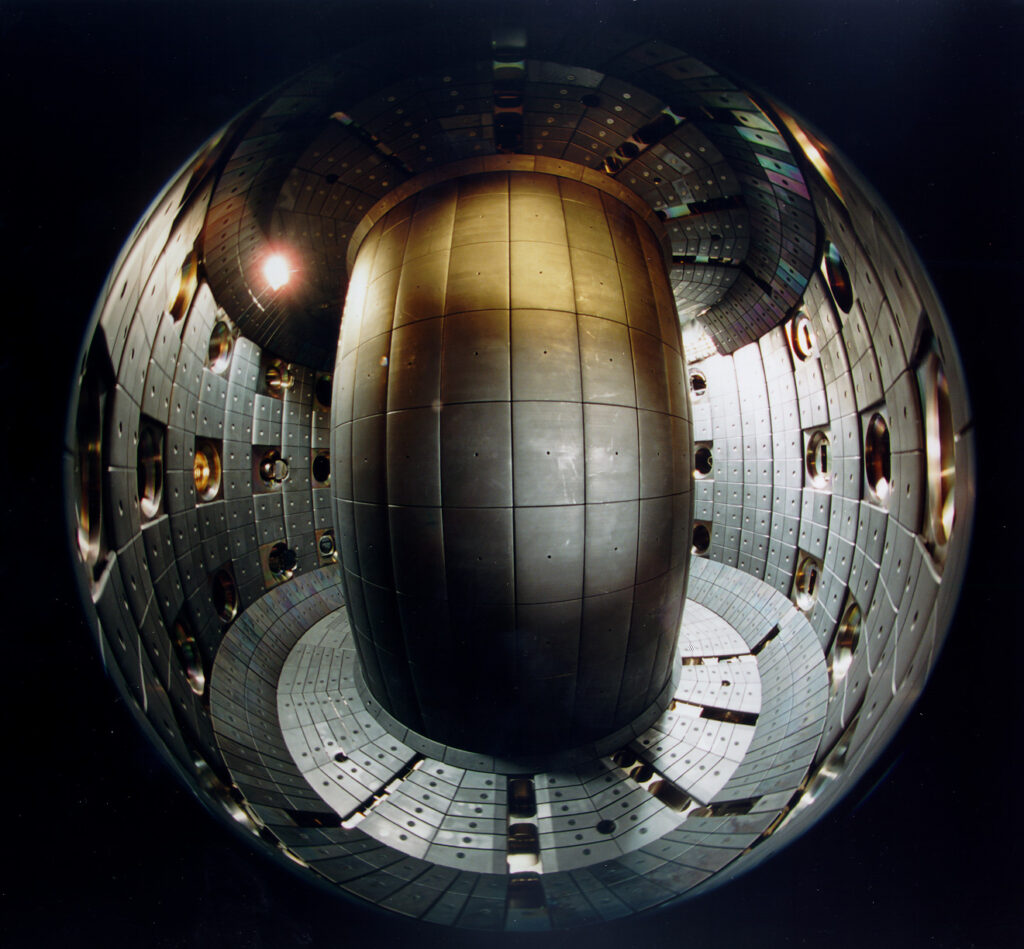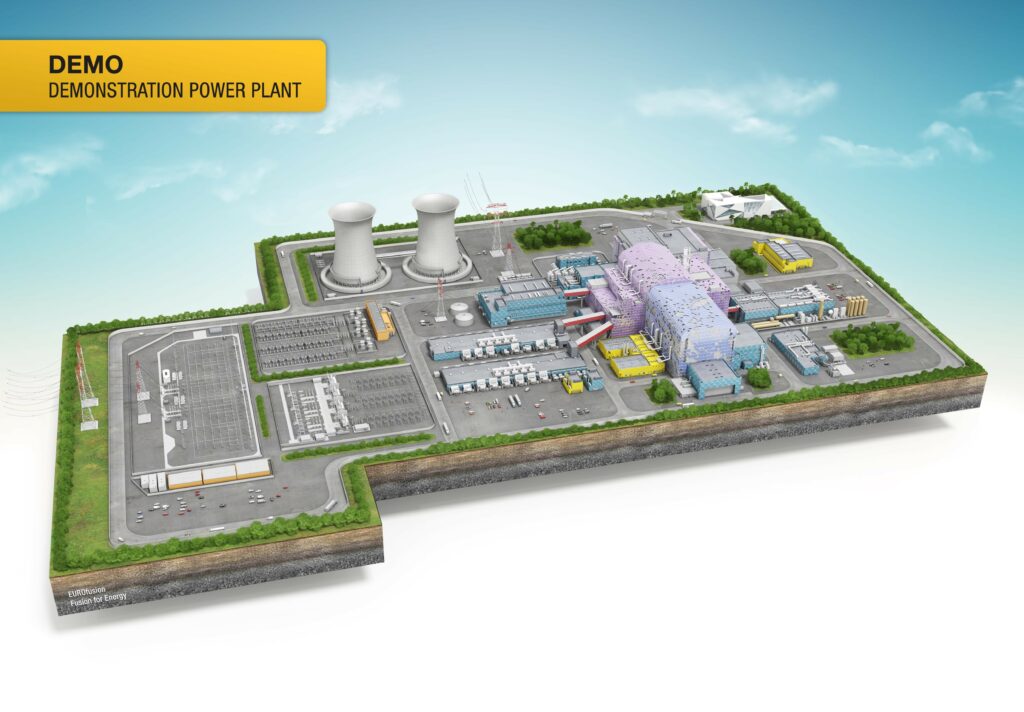Scientists at the Swiss Plasma Center at EPFL, together with EUROfusion colleagues, think that future fusion devices may be able to operate way beyond the field’s iron-clad Greenwald limit of how much fusion fuel or plasma they can handle before losing control.
If confirmed, the new result in the top physics journal Physical Review Letters is excellent news for the international fusion experiment ITER and for Europe’s demonstration fusion power plant DEMO, thinks fusion expert Mattia Siccinio at EUROfusion.
Limitation
“Greenwald’s limit is the maximum fuel density you can achieve in a tokamak fusion device”, explains Siccinio, a member of EUROfusion’s DEMO design team. Fusion scientist Martin Greenwald derived the empirical limit in 1988 from observations at small experimental devices, not theory. His limit sets a ceiling on the achievable plasma density – and thus the maximum fusion power – in any fusion device.
“Since the early days of fusion, we’ve known that if you try to increase the fuel density, at some point there would be what we call a disruption”, says co-author Paolo Ricci at EPFL in a press release. “Basically you totally lose the magnetic confinement, and the plasma goes wherever it wants.” Modern fusion devices all respect Greenwald’s limit, and new ones are even designed with the limit in mind when it comes to planning operation. However, new theoretical work and experiments at EPFL’s lab in Lausanne may change that equation.
Increase
In Physical Review Letters, the Swiss team, together with colleagues at the fusion devices ASDEX Upgrade (Germany) and JET (UK), showed that it may be possible to break Greenwald’s law of fusion under conditions that can be reached in future fusion experimental devices and power plants. With solid theory backed up by experimental proof at the Swiss fusion experimental device TCV, this opens the door to fusion densities and energy output that no-one dared dream of before.
The new finding bodes well for the international ITER experiment in southern France, but most of all for the future European demonstration fusion power plant DEMO, agrees one of DEMO’s designers Siccinio. “The amount of fusion power you produce is proportional to the square of the plasma density, so a doubling in the density could lead to an enormous increase in fusion power.”

Performance margin
Pump up the density, then? Siccinio offers a reality check: ITER has already been designed and constructed for a certain performance, and a large increase in the energy output might overwhelm the cooling system. The new understanding of plasma density may still be very useful, thinks the physicist: “If you could reach the target fusion 500 megawatts of fusion heat at a much lower electrical current than the 15 mega-ampères we now foresee, that would have immense benefits in terms of plasma control and stability.”
“It’s like discovering that, with a new fuel, your car could go at 400 km/h. In reality you wouldn’t be able to reach that speed because it wasn’t designed to handle it, but you might take advantage of the new fuel by travelling at 100 km/h with a quarter of the fuel consumption.”
For DEMO, which is still being designed, the story is different from ITER’s. With such a performance margin, you could make the machine smaller, more powerful or more robust in terms of control over disruptions. Siccinio: “It’s difficult to say right now which of these aspects we could ‘spend’ this new margin on, but in any case having more room to work with is only good news! Now it’s important to verify these results, so to gain more confidence for a robust power plant design.”

